Poinsettias bloom their best when they get the right things they need for a good life and good color. There are several things that play into this. Once you know the basics, you’ll know how to get the best blooms out of your poinsettias.
Jump to:
The colorful parts of the poinsettia.
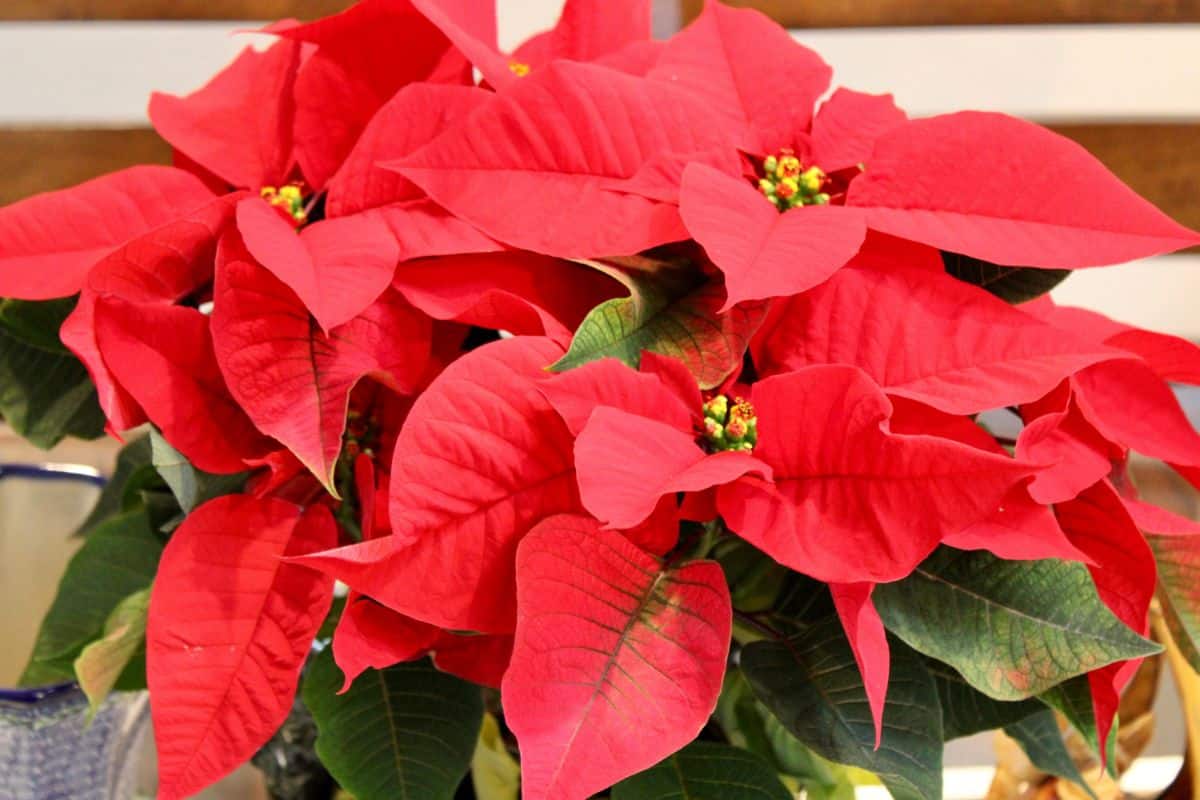
What we think of as the poinsettia’s flowers aren’t flowers at all. They are modified colored leaves (or, more accurately, bracts). Poinsettias do have flowers, but they are tiny little yellowish-green button-like structures in the center of the colorful bracts.
It helps to know this so that you know what you are looking for when we talk about increasing or boosting poinsettia blooms. What we’re really talking about is how to help our plants hold onto those brightly colored bracts and how to care for the plant to increase the number of bracts.
Labels aside, poinsettia blooming boils down to good plant care. There are certain points of care that impact blooming more than others.
Buy vibrant, healthy plants.
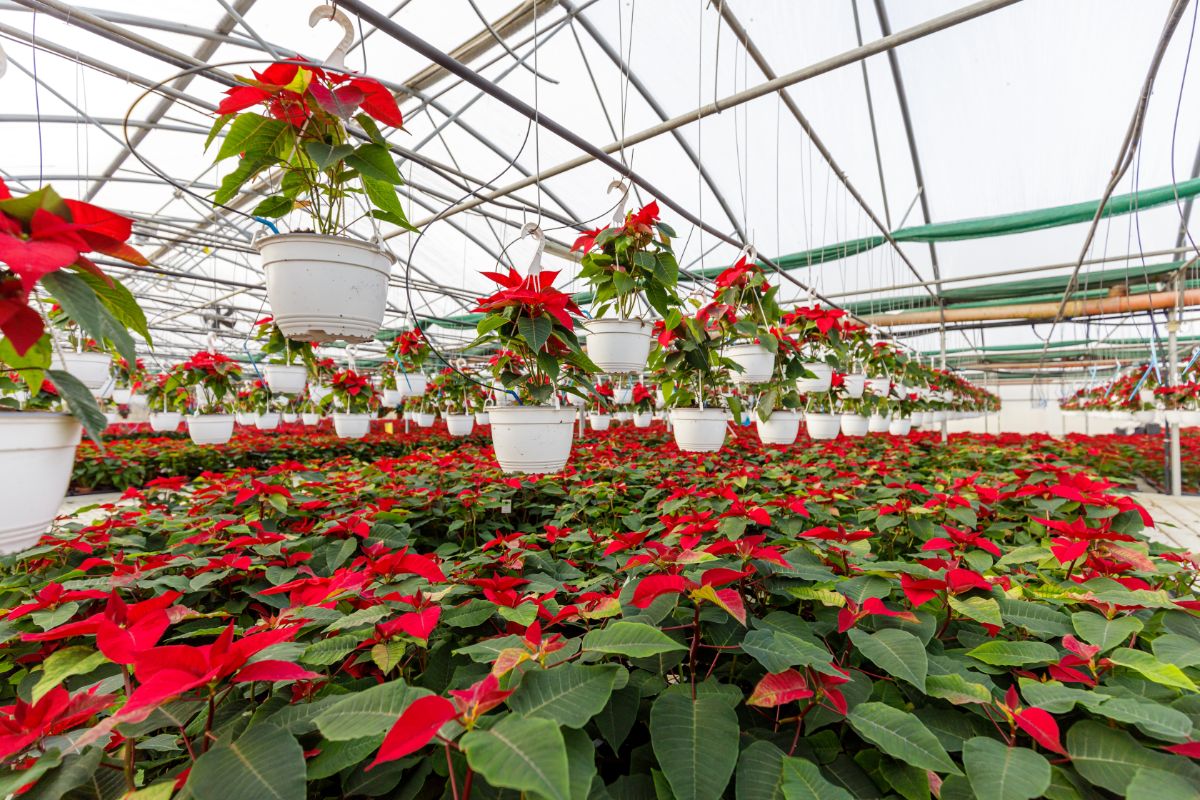
First, you want to start off by buying a bright and healthy plant. Flowers (bracts) and leaves should be bright and deep in color. Leaves should not be missing or dropped. Dull colors indicate that the plant is older or that it was not well cared for, so avoid those.
Also, avoid plants that are shedding yellow pollen from the real flowers. Poinsettias drop their colorful bracts after pollen is shed, so a poinsettia that is shedding pollen is getting ready to shed those colorful bracts.
Find other poinsettia buying tips here.
Keep poinsettias at the right temperature.
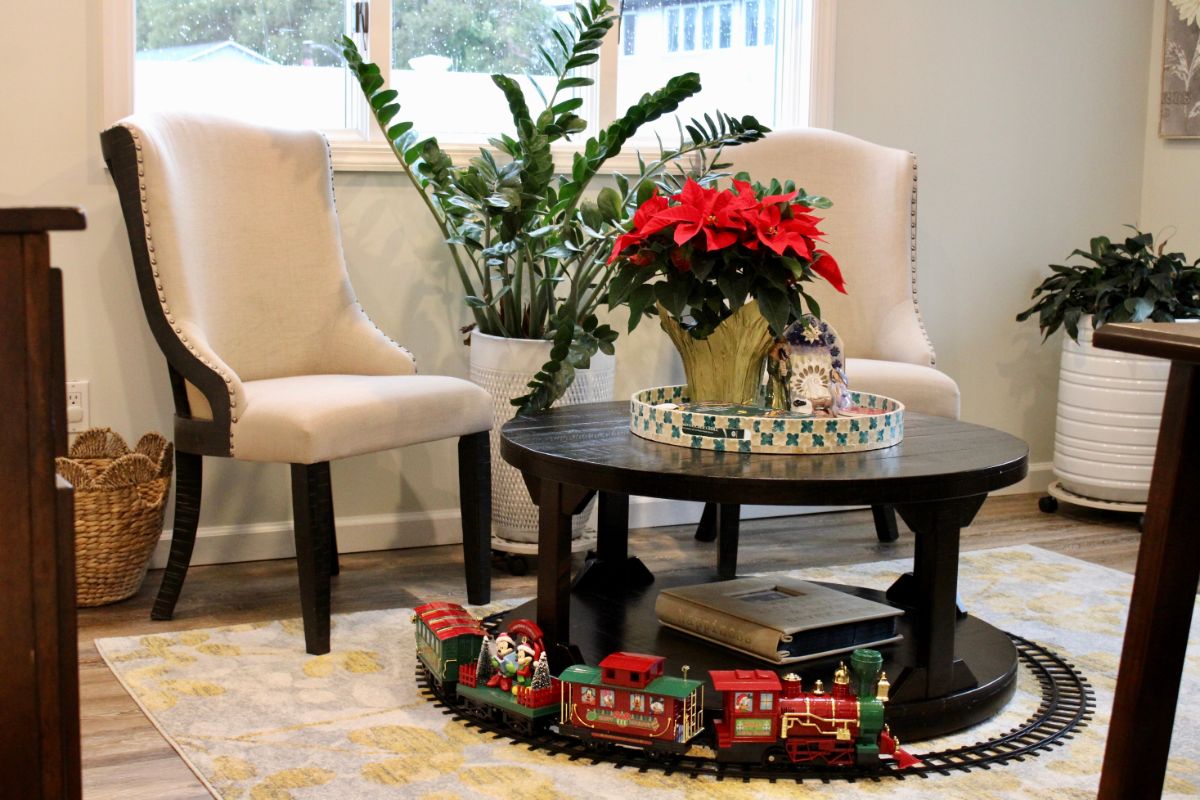
Temperatures that are not in the right range for poinsettias cause problems, and even if your plant doesn’t die, it will often affect the blooms first.
High temperatures above 70 degrees Fahrenheit (21 Celsius) will shorten poinsettia bloom times. Warmer temps cause the poinsettia to move through its bloom period faster, resulting in less time for you to enjoy its colors.
Likewise, temperatures that are too low (below 60 F, 16 C) result in shorter blooming periods.
So, for the longest-lasting poinsettia blooms, keep poinsettias in the ideal temperature range. Hit that sweet spot of between 60- and 70 degrees Fahrenheit (16 to 21 C).
One other tip—protect your poinsettia from cold when you bring it home. The top of the plant, the blossoming bracts, are the most vulnerable to cold during transport. Read more on transporting and temperature management here.
Keep it consistent.
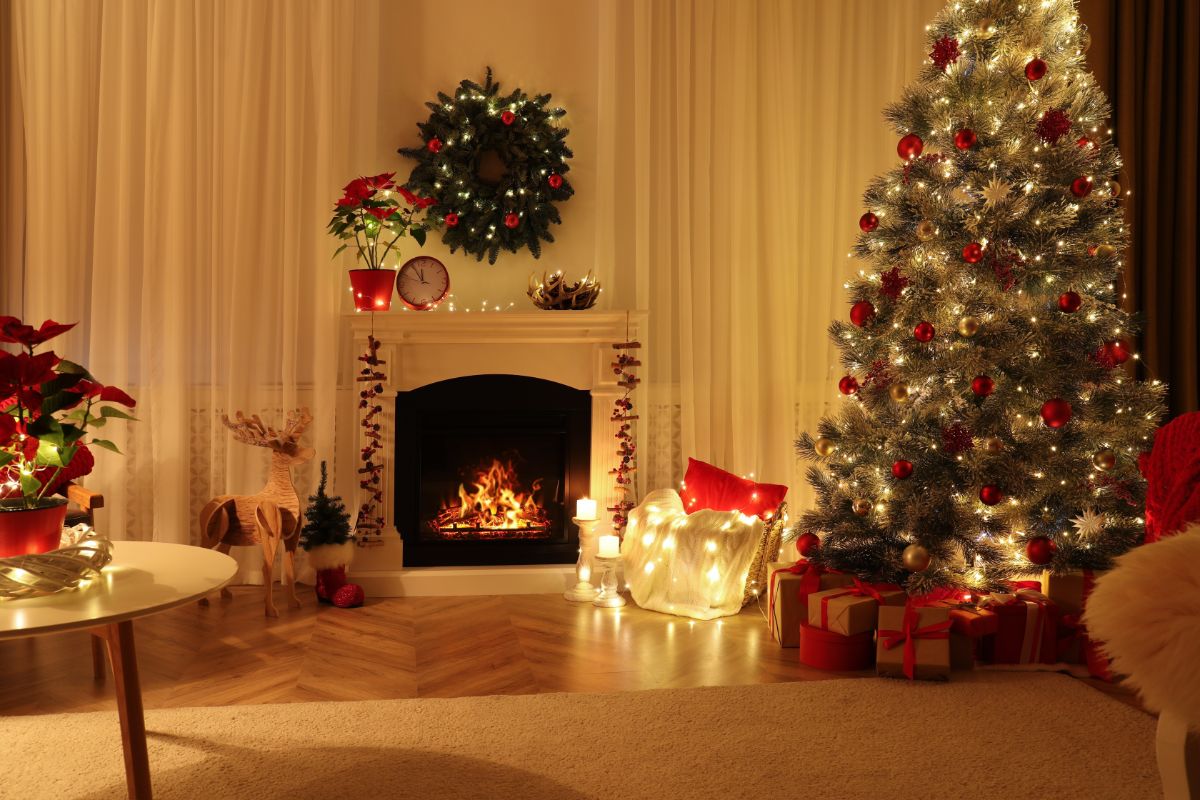
Poinsettias don’t respond well to fluctuations in conditions, and especially not to frequent fluctuations in temperature. Choose a room where the temperature will stay steady. For example, a room that drops and gets a lot cooler at night is not a good place for your poinsettia. You might want to avoid rooms that rely on warming sunlight as a significant heat source. Those rooms tend to be either very warm or very cool.
Similarly (though less likely), if a room has periods of the day where it gets very warm or hot, it’s not the best place for poinsettias. Sunrooms, bathrooms, and kitchens are examples of rooms with higher temperature fluctuations that result from their use. If you really want to put a poinsettia in one of these rooms, you certainly can, but just know that their bloom period is likely to be more limited. You might want to hold off an extra week or two before buying, or at least don’t buy them too early in the season.
Even in rooms with consistent heat and temperatures, take care of where you place your plant in the room. If there is a drafty window or gusts from an opening door, or if there are heaters, vents, or cold air returns, you’ll want to place your poinsettias somewhere in the room where they will be more protected from these things. The fluctuating temps created by these elements have the same bloom-shortening effect that consistent high and low temperatures do.
Water as needed.
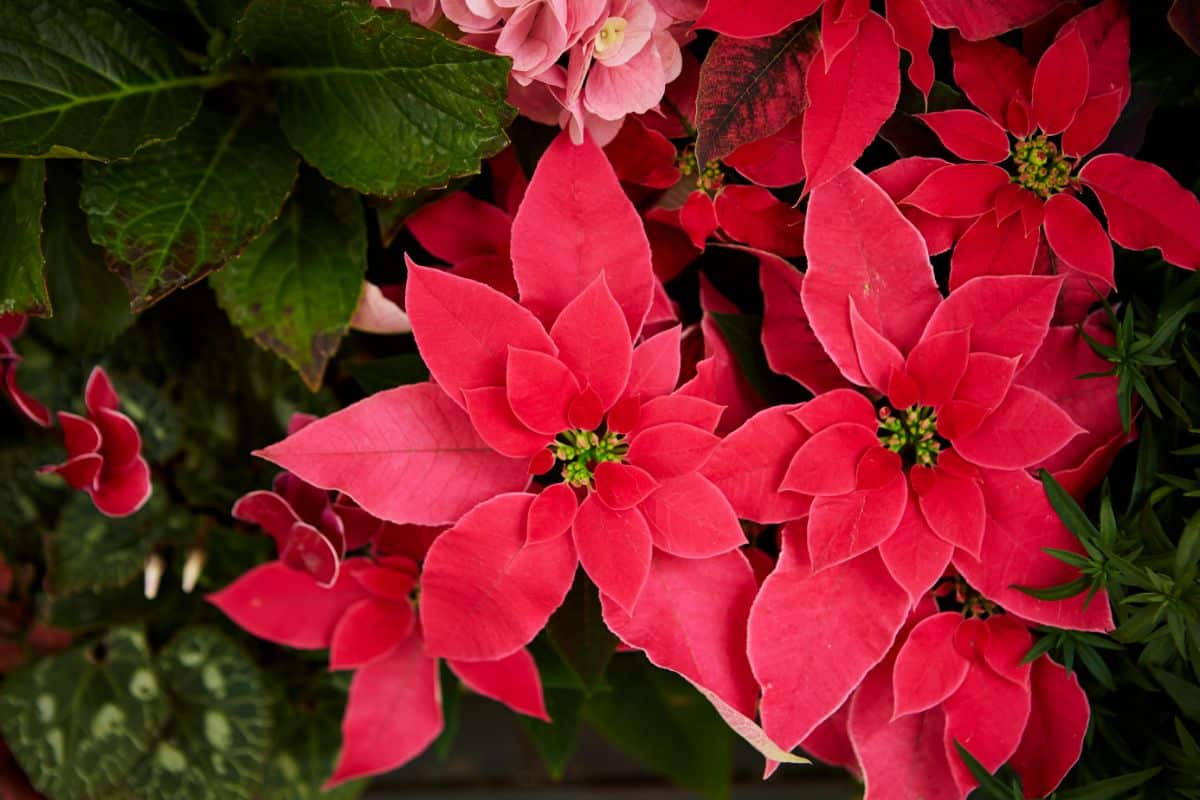
Poinsettias don’t need to be watered as much as you might think. And there is a specific way that you should water your poinsettias. Both overwatering and underwatering cause problems for poinsettias, but if we are talking specifically about boosting blooms, it is underwatering and drying out that you want to be most careful of.
When poinsettias are too dry, the leaves and bracts all over and at the top of the plant will shrivel, dry up, drop off, and die. That affects the poinsettia's blossoms directly.
Let them have light.
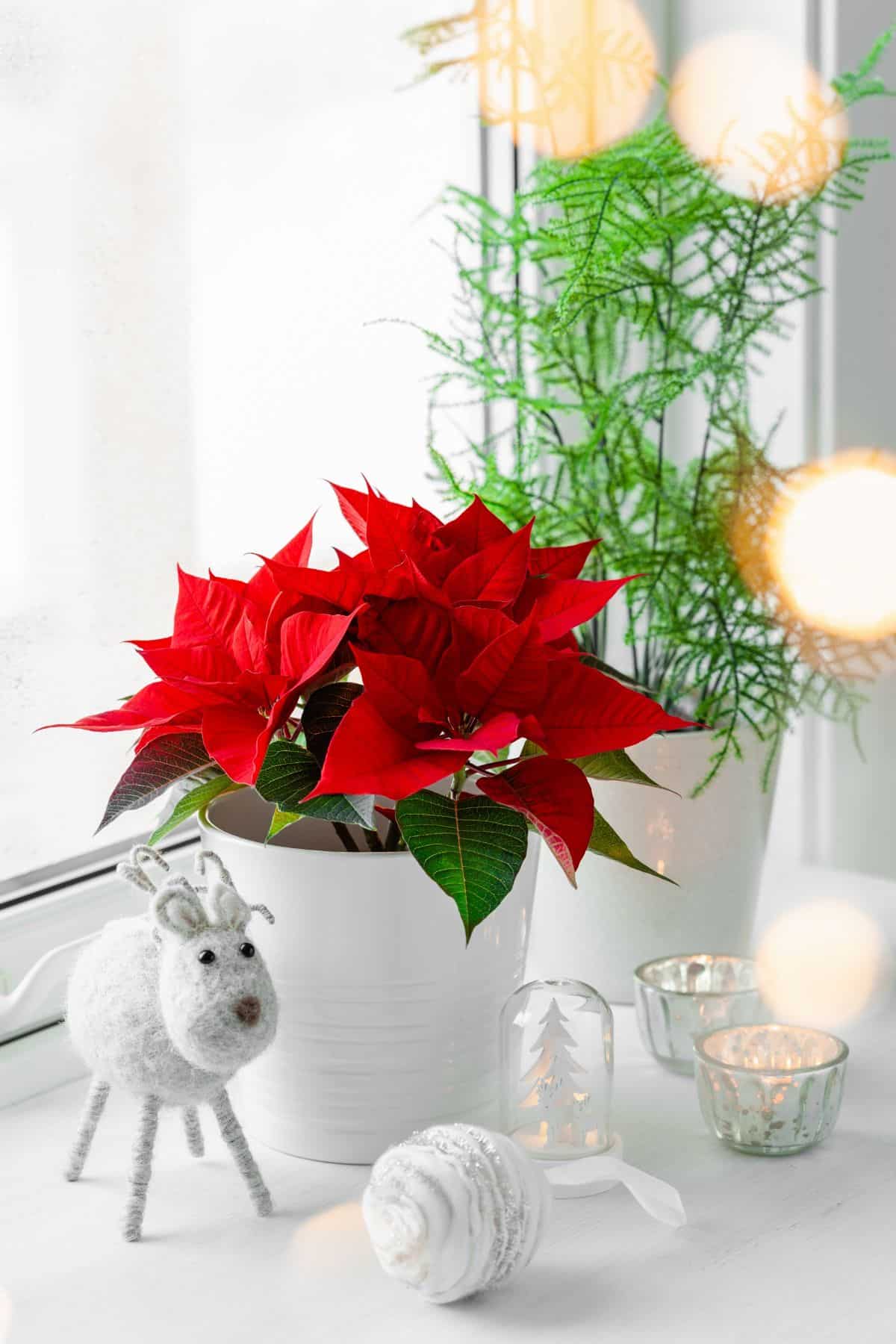
Poinsettias will bloom longer, and their color will be better if their light needs are well met. These plants need bright light, but not too direct, or they can fade and be dull in color. Bright light from overhead room lights is helpful, but they need light from a natural source, too.
How long will poinsettias bloom?
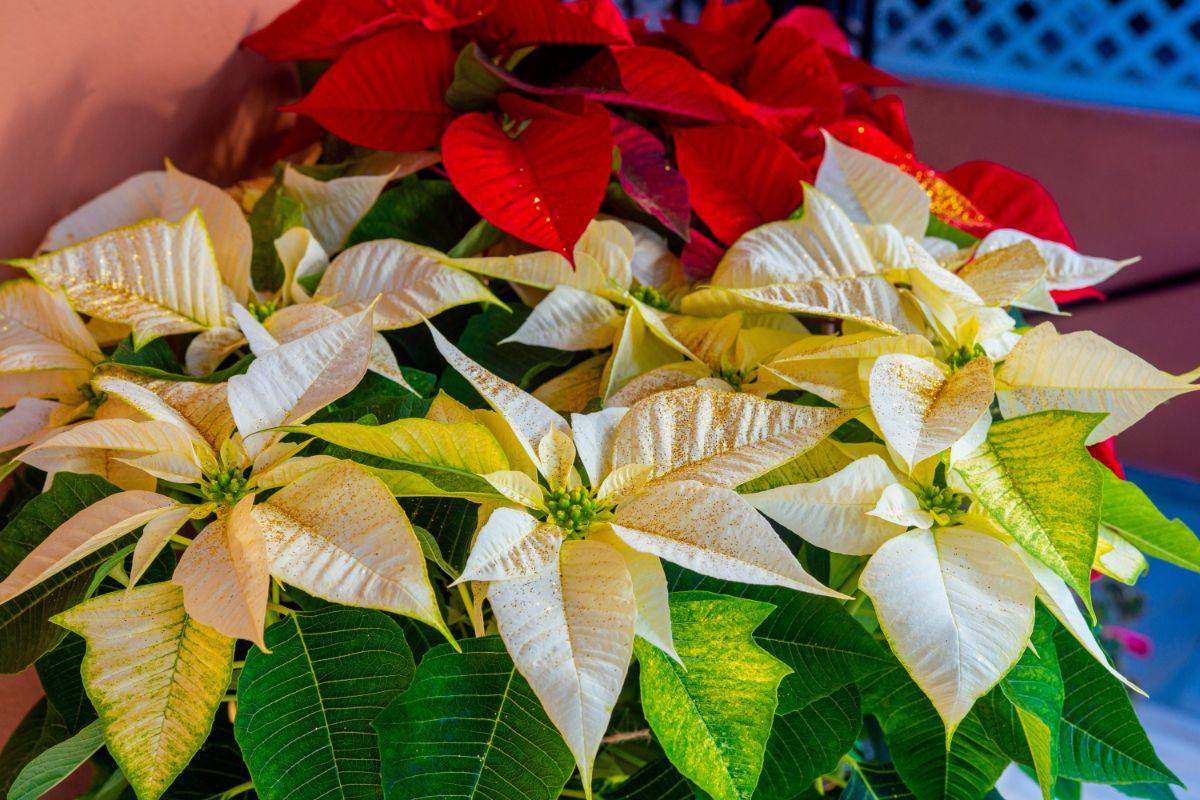
There is a range of times that poinsettias will stay in bloom. Two weeks is the bare minimum, but poinsettias will usually bloom for a period of four to eight weeks.
What determines how long your poinsettias will bloom?
The variety of the plant will be a factor, but more than anything, the length of time that your poinsettia will stay in bloom will be the result of its care. The best care and the right conditions will give you the longest bloom time for poinsettias.
With good care, attention, and the right conditions, you may even find some of your poinsettias will last for a few months in bloom. Certainly, the best thing that you can do to boost the blooms in your poinsettias is to treat them right and let them reward you!

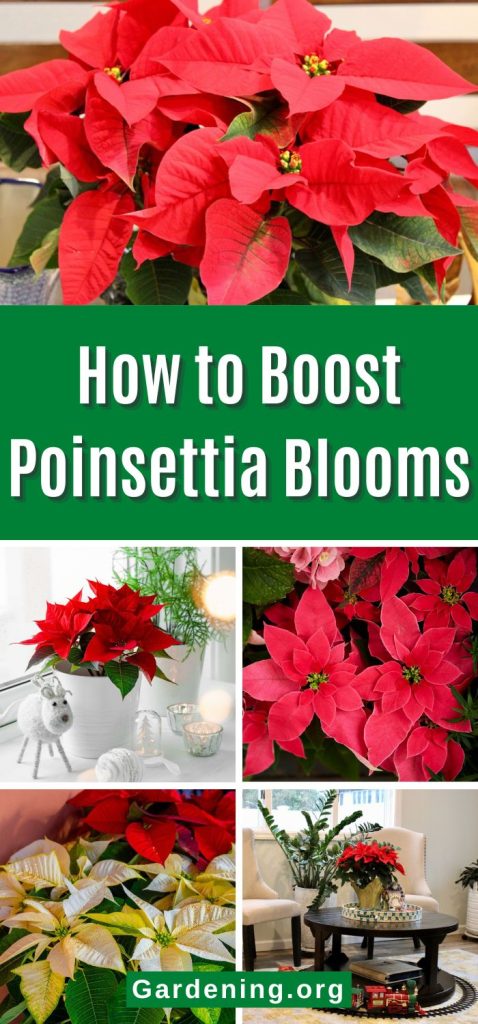

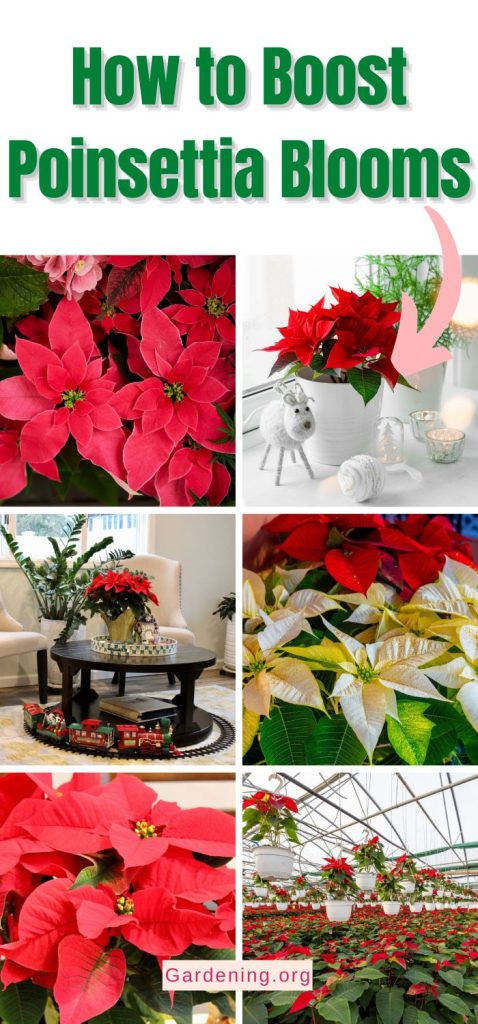
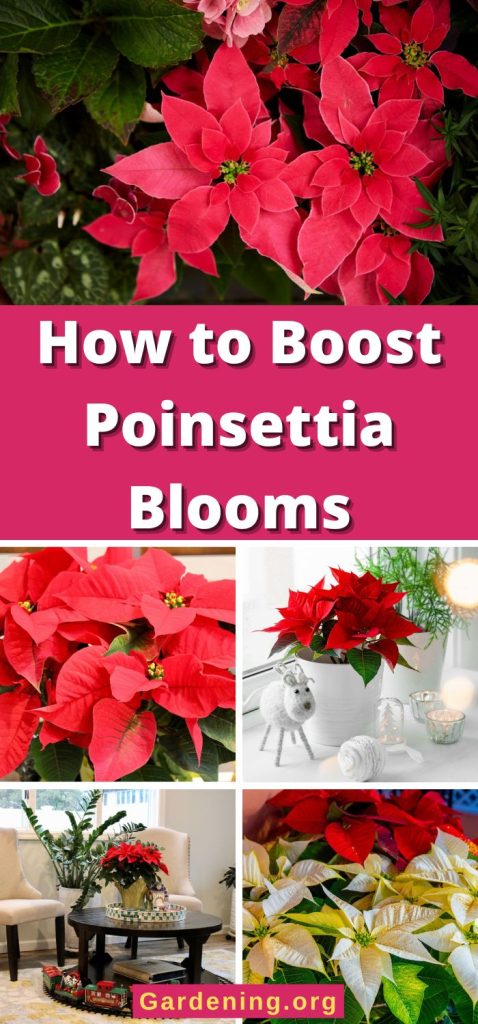
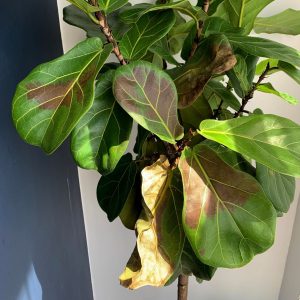
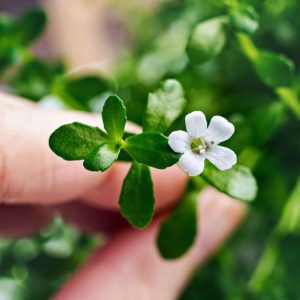
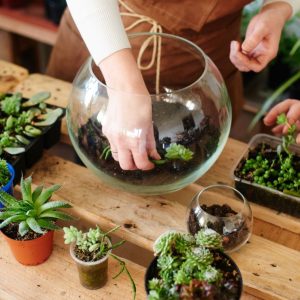
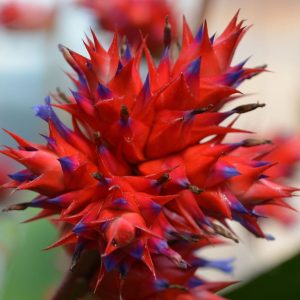
Leave a Reply